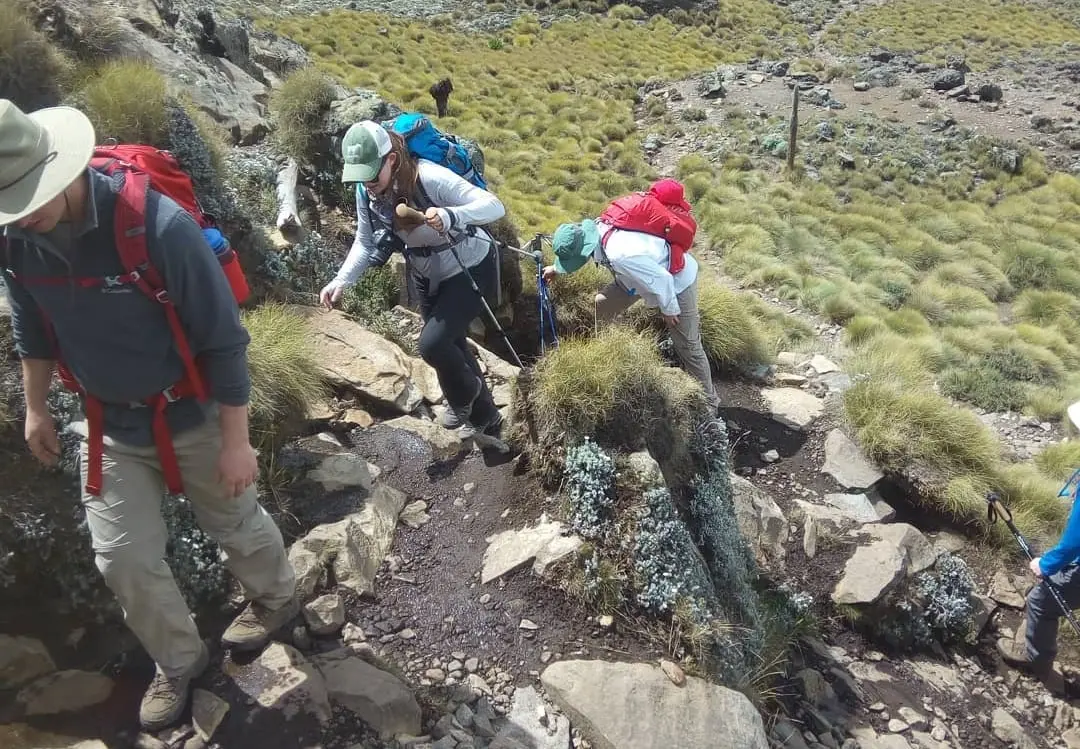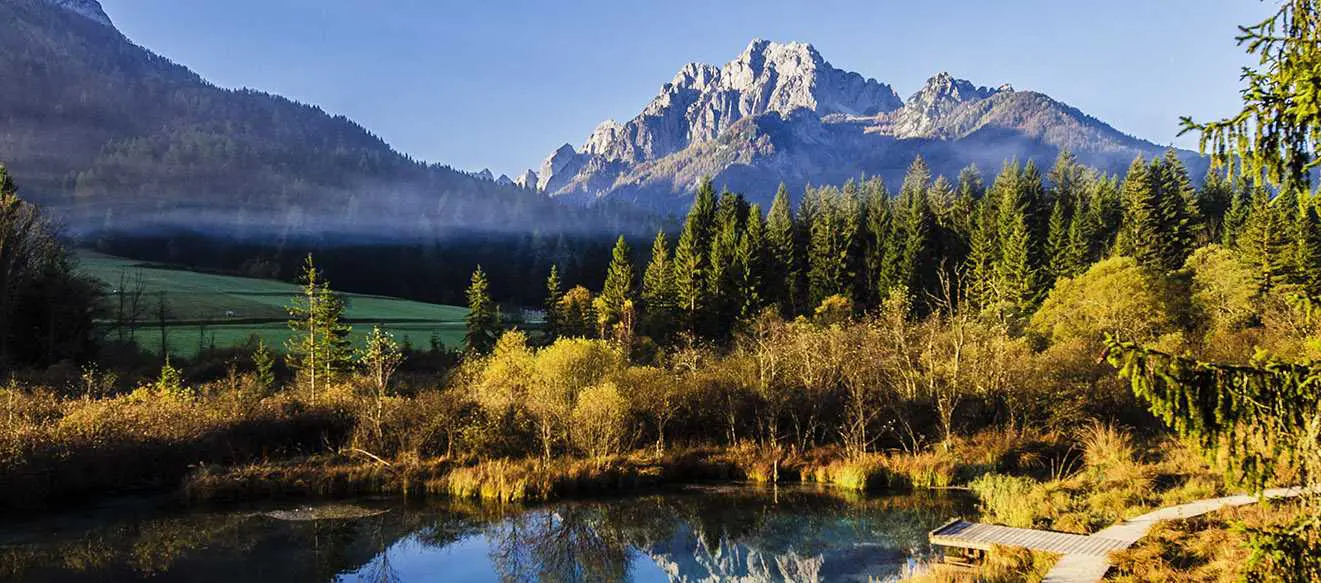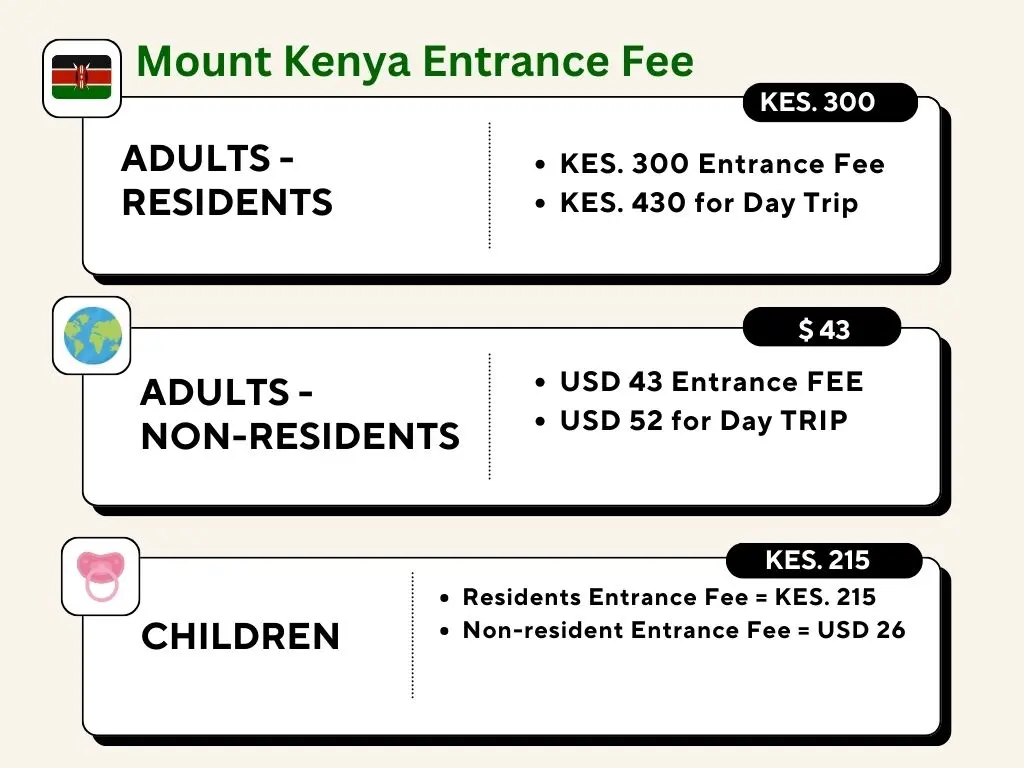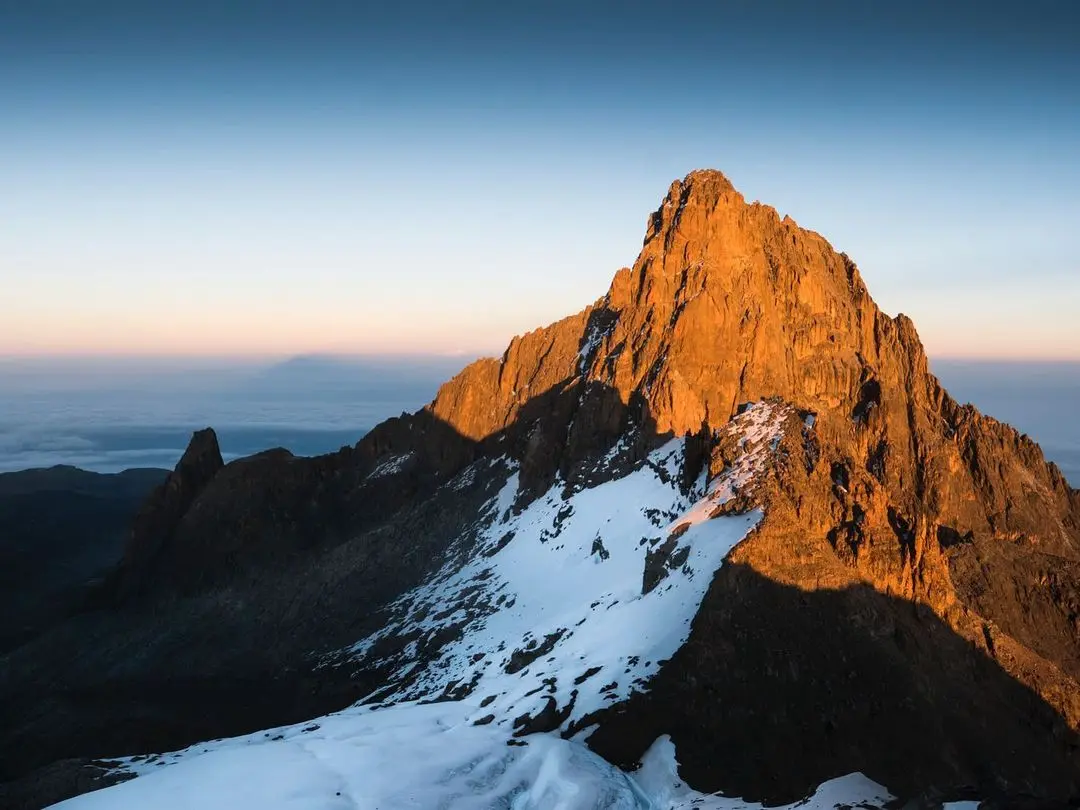The best time to hike Mount Kenya is a critical
consideration for any adventurer looking to conquer Africa's second-highest
peak. With its diverse ecosystems, challenging trails, and breathtaking views,
Mount Kenya attracts trekkers from around the globe. Choosing the right time to
hike is crucial for a safe and fulfilling experience.
At Kenya Peaks Adventures, we are renowned for organizing
custom itineraries and guided hiking tours, ensuring that every journey to the
summit is memorable and rewarding. Below is a table of the summary of best
times of the year to trek Mount Kenya based on our decades of experience hiking
Mt. Kenya.
|
Month |
Season |
Conditions |
Suitability
for Hiking |
|
January |
Dry Season |
Low rainfall,
stable conditions, clear skies |
Excellent |
|
February |
Dry Season |
Low rainfall,
stable conditions, clear skies |
Excellent |
|
March |
Wet Season |
Higher
rainfall, lush landscapes, potential for foggy or cloudy days |
Moderate
(with preparation for wet conditions) |
|
April |
Wet Season |
Higher
rainfall, lush landscapes, potential for foggy or cloudy days |
Moderate
(with preparation for wet conditions) |
|
May |
Wet Season |
Higher
rainfall, lush landscapes, potential for foggy or cloudy days |
Moderate
(with preparation for wet conditions) |
|
June |
Wet Season |
Higher
rainfall, lush landscapes, potential for foggy or cloudy days |
Moderate
(with preparation for wet conditions) |
|
July |
Dry Season |
Low rainfall,
stable conditions, clear skies |
Excellent |
|
August |
Dry Season |
Low rainfall,
stable conditions, clear skies |
Excellent |
|
September |
Dry Season |
Low rainfall,
stable conditions, clear skies |
Excellent |
|
October |
Dry Season |
Low rainfall,
stable conditions, clear skies |
Excellent |
|
November |
Wet Season |
Higher
rainfall, lush landscapes, potential for foggy or cloudy days |
Moderate
(with preparation for wet conditions) |
|
December |
Wet Season |
Higher
rainfall, lush landscapes, potential for foggy or cloudy days |
Moderate
(with preparation for wet conditions) |
The Climatic Seasons of Mount Kenya
Mount Kenya's unique climatic conditions are shaped by its
equatorial location and significant elevation range. Understanding the climatic
seasons is essential for planning a successful hike. The mountain experiences two
primary seasons: the dry season and the wet season. Each season has distinct
characteristics that impact the hiking trails, visibility, and overall
environment.
Dry Season on Mount Kenya (January-February, July-October)
The dry season, generally considered the best time for
hiking adventures on Mount Kenya, spans from January to February and July to
October. During these months, hikers can expect low rainfall, stable weather
conditions, and clear skies, which provide stunning panoramic views of the surrounding
landscapes.
Weather Outlook:
- Low
rainfall
- Stable
conditions
- Clear
skies
Trail Conditions and Accessibility: The dry season
offers the most favorable conditions for hiking, with well-maintained trails
and minimal mud or slippery paths. This season provides an excellent
opportunity to explore the diverse terrains without the hindrance of heavy
rains.
Recommended Packing List:
- Lightweight
and breathable clothing
- Sun
protection (hat, sunglasses, sunscreen)
- Sufficient
water and hydration solutions
- Sturdy
hiking boots
- Layered
clothing for varying temperatures
- Essential
dry weather gear
Kenya Peaks Adventures highly recommends planning your hike
during the dry season to take full advantage of the optimal weather conditions
and the stunning visibility that enhances the overall trekking experience.
Wet Season on Mount Kenya (March-June, November-December)
The wet season on Mount Kenya spans from March to June and
November to December. This period presents its own set of unique challenges and
charms for hikers. While the higher rainfall may deter some, the wet season
also brings lush landscapes and a more tranquil hiking experience due to fewer
visitors.
Weather Outlook:
- Higher
rainfall
- Lush,
green landscapes
- Potential
for foggy or cloudy days
Trail Conditions and Safety Considerations: During
the wet season, trails can become muddy and slippery, making certain paths more
challenging to navigate. Hikers should be prepared for wet conditions and take
extra precautions to ensure their safety. The increased precipitation can also
lead to more rapid changes in weather, so staying informed about current
conditions is crucial.
Recommended Packing List:
- Waterproof
clothing and rain gear (jacket, pants)
- Waterproof
hiking boots
- Extra
pairs of socks
- Warm
layers for cooler, wet conditions
- Trekking
poles for added stability on slippery trails
- Waterproof
backpack cover
- Quick-dry
clothing
Our experts and guides at Kenya Peaks Adventures acknowledge
that the wet season offers a different yet rewarding experience for hikers who
are well-prepared. We have detailed hiking packages and itineraries for this
season as well. The lush scenery and the solitude of fewer crowds can make for
a memorable trek, provided that hikers are equipped with the right gear and
mindset.
Temperature Variation Across Different Altitude Zones
Mount Kenya's impressive elevation range results in
significant temperature variations across different altitude zones. These
changes create distinct ecological zones, each with unique characteristics and
challenges for hikers.
1. Equatorial Zone (Up to 2,500 meters)
The Equatorial Zone extends up to 2,500 meters and it is
characterized by its lush, tropical environment. This zone is typically warm
and humid, with abundant vegetation and diverse wildlife.
Notable Features:
- Dense
forests
- Rich
biodiversity, including various bird species and primates
- Warm
temperatures with occasional rainfall
2. Afro-Alpine Zone (2,500 to 4,000 meters)
The Afro-Alpine Zone spans from 2,500 to 4,000 meters and is
marked by cooler temperatures and unique vegetation adapted to high-altitude
conditions. This zone often experiences a mix of sunny and cloudy days, with
temperatures dropping significantly at night.
Notable Features:
- Giant
lobelias and groundsels
- Heather
and moorland landscapes
- Cooler
daytime temperatures, cold nights
3. Alpine Zone (4,000 to 4,500 meters)
The Alpine Zone, ranging from 4,000 to 4,500 meters,
presents more extreme conditions with cold temperatures and reduced vegetation.
This zone is primarily rocky and barren, with sparse plant life adapted to the
harsh environment.
Notable Features:
- Rocky
terrain
- Sparse
vegetation
- Cold
temperatures, especially at night
4. Nival Zone (Above 4,500 meters)
The Nival Zone, above 4,500 meters, encompasses the summit
area and is characterized by snow and ice. This zone experiences the coldest
temperatures on Mount Kenya, with freezing conditions year-round.
Notable Features:
- Permanent
snow and ice
- Extreme
cold temperatures
- Glaciers
and high-altitude landscapes
We provide detailed guidance and support for hikers to
navigate these varying zones. Proper preparation and understanding of the
temperature changes at different altitudes ensure a safer and more enjoyable
trekking experience.
What to Expect During a Mount Kenya Hiking Expedition
Embarking on a hiking expedition to Mount Kenya is a
thrilling and challenging adventure. As you ascend the mountain, you'll
encounter diverse landscapes, varying weather conditions, and unique physical
challenges. Here's what you can expect during your journey:
Preparation Tips
- Physical
Fitness: Ensure you are in good physical condition, as the trek
involves long hikes, steep ascents, and high altitudes. Regular cardio and
strength training exercises are recommended.
- Acclimatization:
Spend a few days acclimatizing to the altitude to reduce the risk of
altitude sickness. Gradual ascent and hydration are crucial.
- Gear:
Pack appropriately for changing weather conditions. Essential items
include layered clothing, sturdy hiking boots, a waterproof jacket, sun
protection, and a well-equipped first aid kit.
Scenic Beauty
Mount Kenya offers breathtaking views and diverse flora and
fauna. As you trek through different ecological zones, you'll witness dense
forests, moorlands, rocky terrains, and snow-capped peaks. The mountain's
unique biodiversity includes rare plant species, colorful birds, and occasional
wildlife sightings.
Physical Challenges
- High
Altitude: As you climb higher, the air becomes thinner, and you may
experience shortness of breath, fatigue, and other symptoms of altitude
sickness. Proper acclimatization and hydration are essential to mitigate
these effects.
- Steep
Ascents and Descents: The trails on Mount Kenya can be steep and
demanding, requiring good stamina and balance. Trekking poles can provide
additional support on uneven terrain.
The Unique Experience
- Flora
and Fauna: Each altitude zone offers a different experience. The lower
zones are lush with forests and wildlife, while the higher zones present
unique alpine vegetation and stunning geological formations.
- Panoramic
Views: Clear skies during the dry season provide magnificent views of
the surrounding landscapes and distant peaks.
- Sense
of Accomplishment: Reaching the summit of Mount Kenya is a rewarding
achievement, offering a profound sense of accomplishment and unforgettable
memories.
Kenya Peaks Adventures ensures that your hiking experience
is safe, enjoyable, and memorable. Our expert guides provide valuable insights
into the mountain's history, geology, and ecology while ensuring your safety
and comfort throughout the trek. With our well-designed itineraries and
personalized support, you can focus on enjoying the journey and making the most
of your Mount Kenya adventure.



